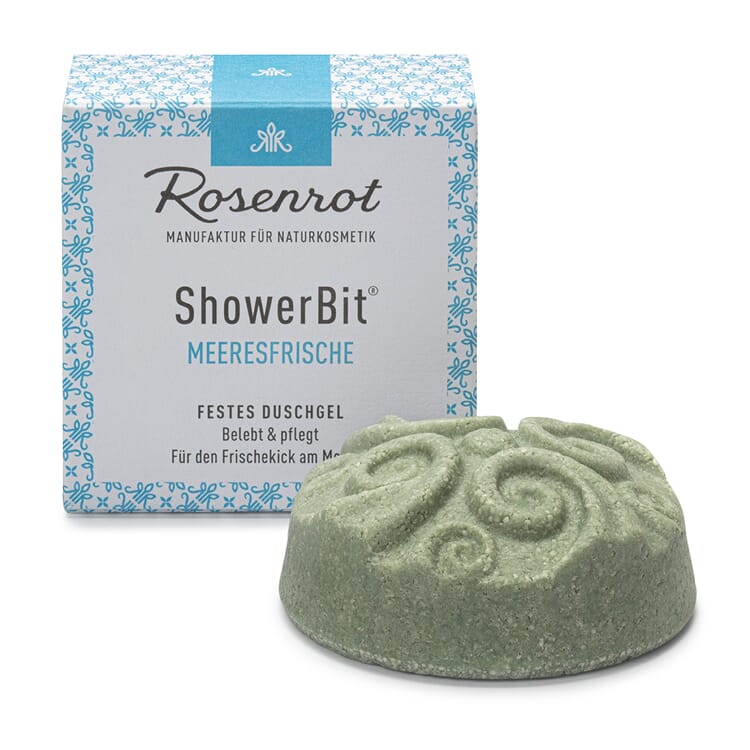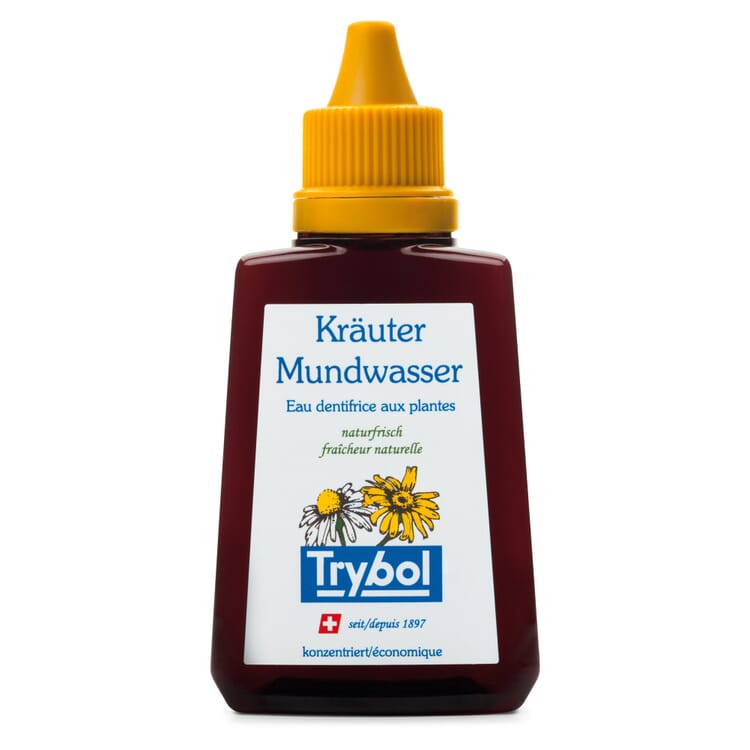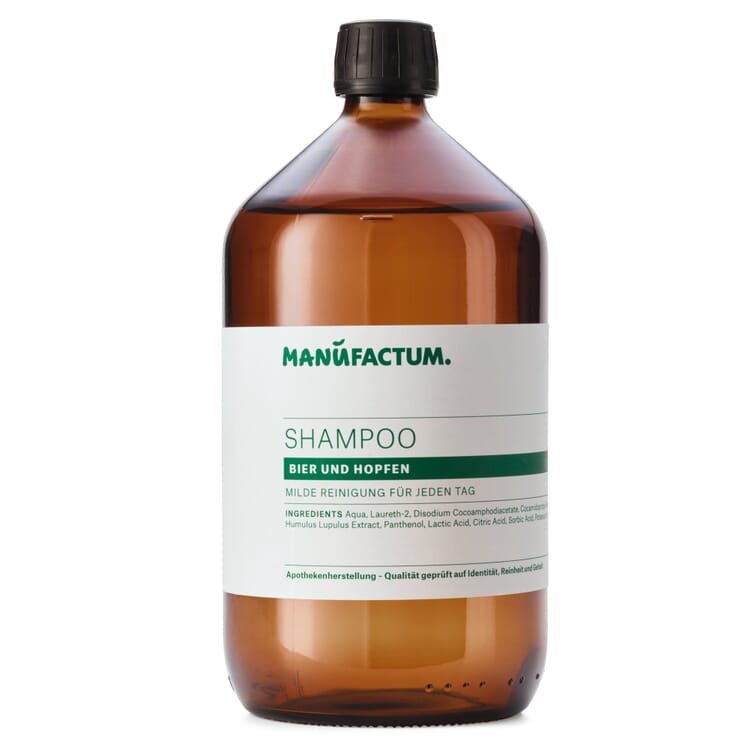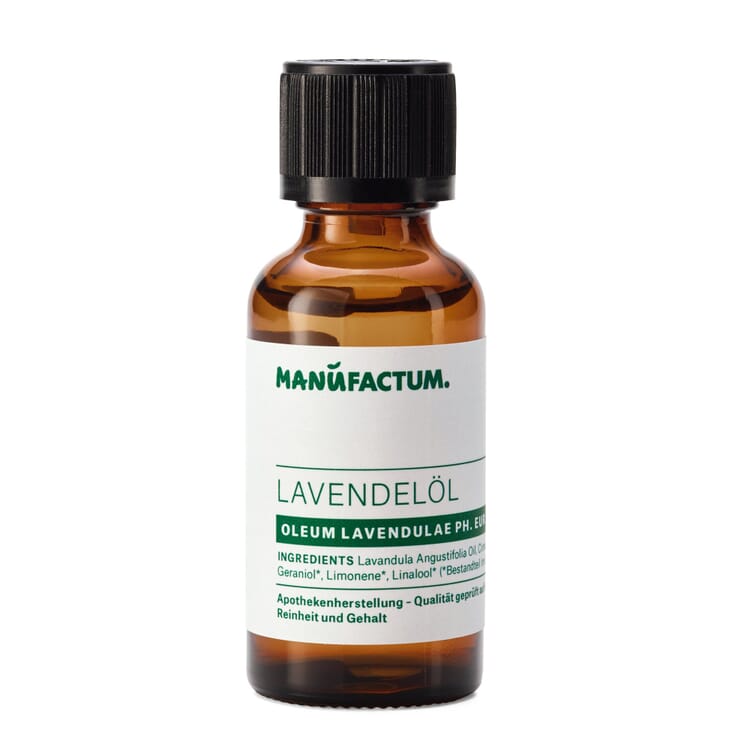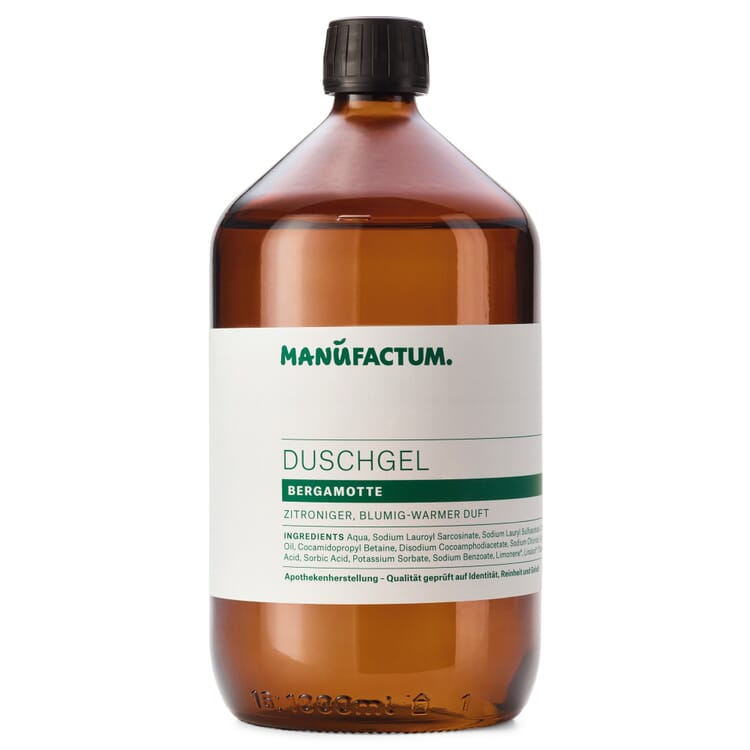- Aloe vera
- Apricot
- Argan tree
- Arnica
- Avocado
- Bay rum tree
- Bergamot orange
- Birch
- Carnauba Palm
- German Chamomile
- Bay laurel
- Common Sage
- Eucalyptus
- Fennel
- Norway spruce
- Clove tree
- Common Nettle
- Hops
- Magnolia
- Iceland moss
- Jojoba
- Coffee tree
- Cacao tree
- Camphor tree
- Shea tree
- Mountain pine
- Lavender
- Macadamia
- Almond Tree
- Lemon balm
- Myrrh
- Olive tree
- Orange tree
- Peppermint
- Calendula
- Rose
- Horse chestnut
- Soybean
- Tea tree
- Black cohosh
- Witch hazel
- Rowanberry
- Castor oil plant
- Lemon
Medicinal plants A|B|C
Peppermint (Mentha x piperita L.)

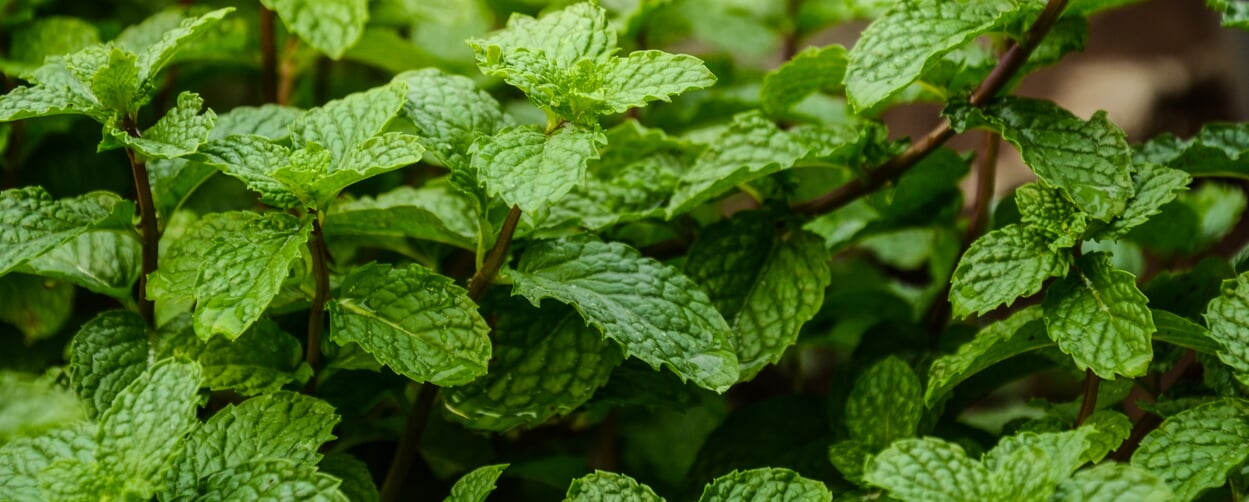
The mint (Mentha) is a genus of plants from the Lamiaceae family. Most of the approximately 20 to over 30 species, depending on the source, are native to the temperate regions of the northern hemisphere; only a few species occur in the southern hemisphere (Australia and Africa). All mint species thrive mostly in moist locations. Peppermint, like all Lamiaceae, has a distinctly square stem with cross-opposite leaves and pale pink flowers. The plant reaches a height of about 60 cm.
Origin and cultivation of mints.
Peppermint is a cross of Mentha longifolia and Mentha rotundifolia, which probably originated by chance in England, the latter in turn originating from Mentha spicata and Mentha aquatica . In nature, peppermint is extremely rare. Already in Pharmacopoeia of 1902 it was mentioned that cultivation has been taking place for a long time - more precise data are not documented. Peppermint is propagated vegetatively by runners. For pharmaceutical use it is cultivated to a considerable extent in Bavaria and Thuringia.
Ingredients.
Peppermint is known for its essential oil, of which the European Pharmacopoeia prescribes a minimum amount of 1.2% in the whole drug (i.e., the dried plant). The oil contains mainly menthol (formerly known as peppermint camphor) and menthone. Due to the high content of essential oil, peppermint leaves should not be stored in plastic containers, but in tightly closing metal or porcelain tins. In addition to dried peppermint leaves, pure peppermint oil is also represented in the pharmacopoeia with a monograph.
Products with mint
Use of mint leaves and oils.


- Peppermint leaves and peppermint oil have antispasmodic effects. Commission E (an expert commission for the evaluation of plant ingredients) prepared the crushed leaves as a tea infusion and positively evaluated its effect on cramp-like complaints in the gastrointestinal tract as well as the gallbladder and gall ducts.
- In addition, peppermint is used supportively for the loosening of mucus in the area of the respiratory tract.
- The oil is used externally for muscle and nerve pain and for inhalation in catarrh of the upper respiratory tract.
In the past, peppermint oil was found in every pharmacy in the form of rotulae menthae, peppermint flakes, which provide refreshment and pleasant breath.
Users of homeopathic remedies should refrain from using preparations containing menthol, as these can impair or prevent the homeopathic effect. Small children and infants should also not be treated with peppermint oil. When purchasing peppermint leaves, pay attention to the oil content: For example, goods marketed as food may have a minimal amount of essential oil. Purchases of peppermint oil should also be made only from trustworthy sources.
Exclusive Manufactum body care products
Recommended Topics

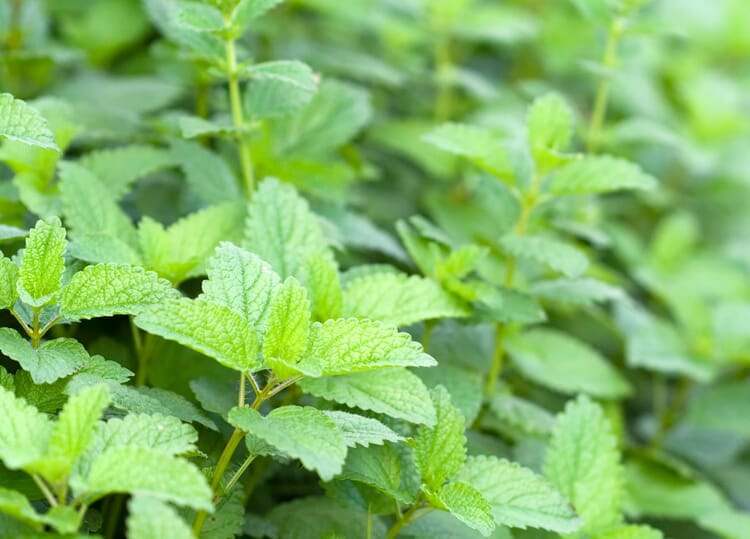
The citrus-scented lemon balm shrub grows up to 80 centimeters high and 30 years old. Once the lemon balm has found a sunny, wind-protected spot in the garden, it reliably sprouts again and again and forms small white lipped flowers from June to August. Its name is well chosen, because Melissa is "honey bee" in Greek; in ancient times the plant was cultivated as a pasture for bees, and today's beekeepers prevent their bee colonies from swarming by rubbing the hive with lemon balm leaves.
View more

The gnarled and with pointed thorns provided myrrh belongs to the balsam family and grows in shrub or tree form. It grows only a few meters high and is well adapted to the dry scrubland of its homeland: Its leaves are very small and appear just before the beginning of the rainy season, together with the pendulous flower panicles. The smooth and thin bark is cracked and flakes off in small shreds.
View more
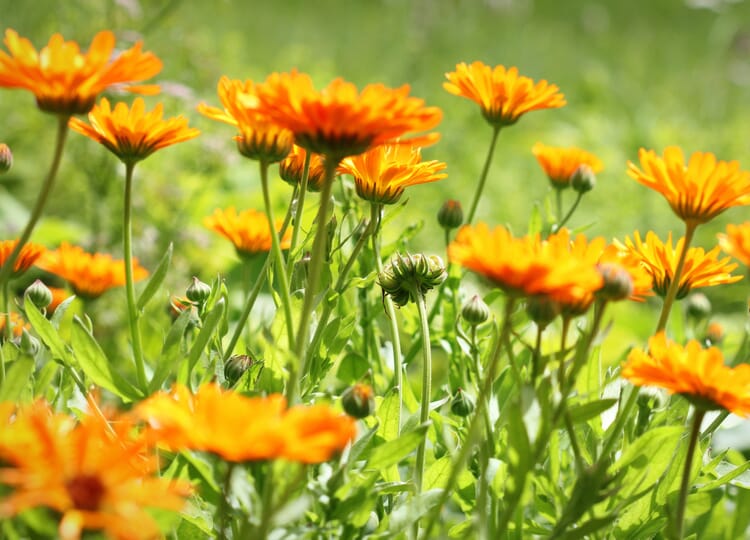
Calendula please the eye from June to October with their sunny yellow to orange flowers, leaves and stems smell balsamic resinous. With a little luck, the actually annual plant also blooms for another year. The name marigold refers to the strikingly curved and twisted shape of its seeds; in some areas it is also known as the marigold rose, which has found its way into the many variations of the nursery rhyme "Ring, Ring, Rose."
View more








